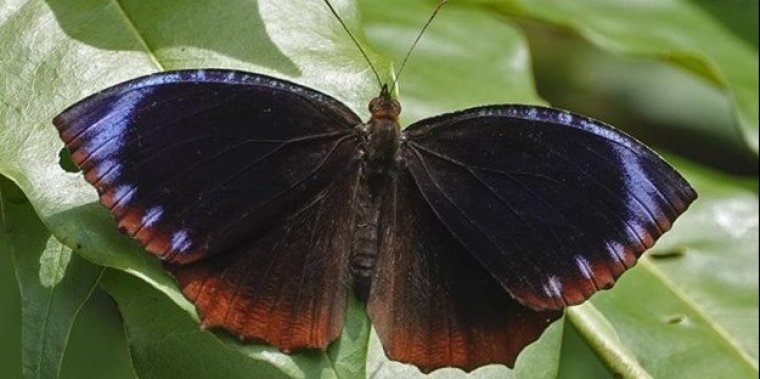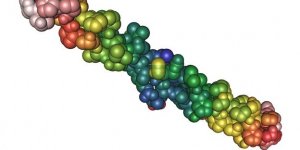| News / Science News |
Asian butterfly populations show different mimicry patterns, thanks to genetic 'switch'
A new study by researchers at the University of Chicago and the City College of New York has identified a unique, genetic "mimicry switch" that determines whether male and female Elymnias hypermnestra palmflies mimic the same or different species of butterflies.

Elymnias hypermnestra Beatrice from Singapore, one of the butterflies researchers studied. Photo: Gan Cheong Weei
The results of the research can help scientists better understand the genetics underlying differences between males and females in the animal kingdom, the investigators said.
"Many animal species show sexual dimorphism, while others aren't very sexually dimorphic," said co-senior author Marcus Kronforst, an ecologist and evolutionary biologist at UChicago. "In Elymnias hypermnestra, we have a weird situation in one species where nearby populations show different patterns. This is a special opportunity to get at the underlying genetics of sexual dimorphism."
Elymnias hypermnestra, native to southeast Asia, is an ideal model for this study due to its unusual mimicry patterns. In some populations, male and female butterflies are sexually monomorphic, meaning they resemble one another; in this case, both males and females mimic species in another genus of butterfly, Euploea, with its dark-colored wings with light spots.
In other populations, males and females are sexually dimorphic, and mimic two different species of butterfly -- while males still mimic Euploea species, females instead mimic species of Danaus, with orange-patterned wings.
The researchers collected and sequenced the genomes of 48 butterflies from locations across southeast Asia from Thailand to the Spice Islands in Indonesia; some were from sexually dimorphic populations, while others were from sexually monomorphic populations.
To the scientists' surprise, genetic analyses revealed that rather than splitting neatly into two groups, sexual dimorphism arose repeatedly in different populations. "This is a really neat case of never-before-seen traits; sexual dimorphism has appeared repeatedly in these butterflies," said first author Dee Ruttenberg of Princeton University. "We found that one gene popped up repeatedly, and it predicted if a butterfly would be monomorphic or dimorphic almost perfectly -- that's WntA."
Important in a range of similar butterfly species and associated with melanin localization and regulation, the research team called WntA a "smoking gun" -- the gene is well-known for its involvement in pigmentation in butterflies, and now appears to be regulating the transition between sexual dimorphism and monomorphism.
The benefit is that individual populations of the butterfly can rapidly and easily "flip the switch" based on local pressures. (National Science Foundation)
YOU MAY ALSO LIKE





